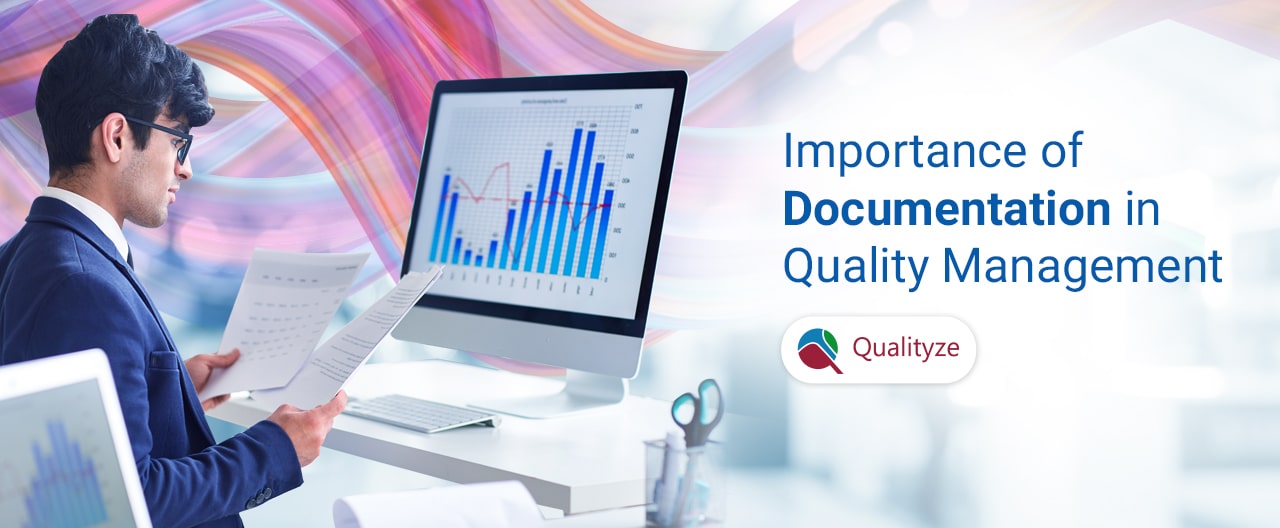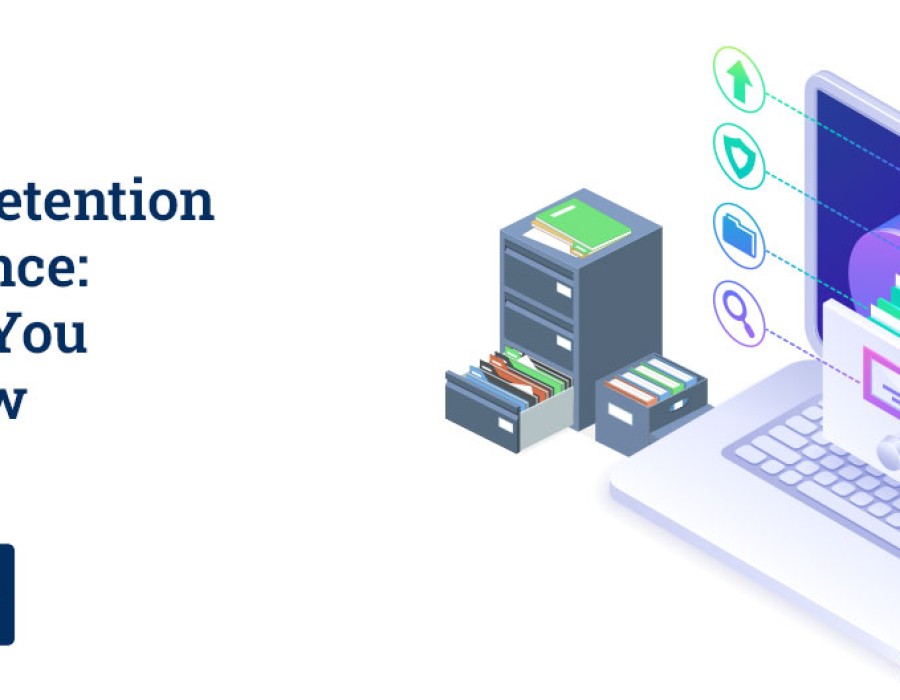
In today’s digital-first business world, quality management isn’t just about tracking documents — it’s about integrating quality processes into your broader enterprise ecosystem. When selecting document management software (DMS), especially within a quality management system (QMS), it’s critical to think about how it will integrate with the rest of your business software. Qualityze, a cloud-based EQMS, offers robust doc management — but its true power shines when you leverage integrations. Here’s a breakdown of key integrations to consider and why they matter.
1. ERP (Enterprise Resource Planning) Integration
Why It Matters
Your ERP system is often the central hub for business operations — finance, inventory, production, procurement. By integrating your document management functions with your ERP:
- You reduce duplication of data entry.
- Quality documents (SOPs, work instructions, specifications) stay in sync with transactional data.
- Quality decisions can be tied directly to business operations.
In Practice with Qualityze
Qualityze supports ERP integration, enabling seamless flow of data between quality and core business functions. This helps maintain data consistency, ensures that quality artifacts are always up-to-date, and drives more effective risk management.
2. CRM (Customer Relationship Management) Integration
Why It Matters
Quality is not just an internal concern — customer feedback, complaints, and service issues all matter. If your DMS can integrate with your CRM, you can:
- Automatically link customer complaints to quality documents.
- Trigger document reviews or CAPA (Corrective and Preventive Actions) when issues come in from customers.
- Provide cross-functional visibility into customer quality-related data.
In Practice with Qualityze
Qualityze is built on a highly configurable, API-driven platform, making integration with CRM systems viable. By connecting the CRM and doc management module, companies can close the loop between customer feedback and quality process improvements.
3. LIMS / MES Integration
Why It Matters
For regulated or manufacturing industries, Laboratory Information Management Systems (LIMS) and Manufacturing Execution Systems (MES) are pivotal. Integrating DMS with LIMS or MES enables:
- Direct referencing of quality-controlled documents from where they are used in the lab or shop floor.
- Automated version control when documents change, ensuring operators always use the latest approved SOP.
- Traceability — linking test results or manufacturing data to specific document versions.
In Practice with Qualityze
Qualityze’s architecture supports modular quality workflows, making it suitable to interoperate with lab or manufacturing systems to enforce document compliance directly in operational environments.
4. BI & Analytics Tools
Why It Matters
Document management isn’t just about storing files — it’s about analyzing document-centric data (review times, versions, approvals) to drive continuous improvement. By integrating with Business Intelligence (BI) tools (like Power BI, Tableau, or Qlik), you can:
- Build custom dashboards to track doc lifecycle metrics.
- Spot bottlenecks in review or approval workflows.
- Align document trends with quality KPIs.
In Practice with Qualityze
Qualityze supports integration via APIs and open data access, enabling enterprises to link document data into their broader analytics ecosystem.
5. Change & Configuration Management Tools
Why It Matters
Quality documents frequently change — SOP updates, versioning, regulatory compliance updates. Integrating your DMS with change management or PLM (Product Lifecycle Management) tools ensures:
- Change requests automatically trigger document review workflows.
- All stakeholders (engineering, quality, regulatory) collaborate around a single source of truth.
- You maintain a fully traceable history of document changes.
In Practice with Qualityze
Qualityze offers a Change Management module within its EQMS suite. With this integration, when a change is proposed, it can automatically route through document control workflows, ensuring that documentation updates align with business changes.
6. Training Management Systems
Why It Matters
When quality documents are updated, affected employees often need to be re-trained. Without integration, document changes and training tasks can become disjointed, risking compliance gaps. Integrating DMS with training systems lets you:
- Automatically trigger training tasks whenever a relevant document changes.
- Track whether users have acknowledged, read, or been tested on the latest document version.
- Maintain a compliance trail linking document versions and training records.
In Practice with Qualityze
Qualityze’s platform supports training-management capabilities and tight integration with its document-control module. This ensures that whenever a document is revised, corresponding training is automatically assigned, tracked, and documented.
7. Single Sign-On (SSO) / Identity Management
Why It Matters
User access to quality documents must be secure and controlled. Integrating your DMS with identity management tools or SSO providers (like Okta, Azure AD, etc.) ensures:
- Seamless and secure login for all users.
- Role-based access to controlled documents.
- Centralized user provisioning/deprovisioning.
In Practice with Qualityze
Since Qualityze EQMS Suite is built on the Salesforce platform, it benefits from enterprise-grade identity integration, making SSO and role-based access more straightforward for organizations.
Conclusion
Choosing an effective Document Management Software for your quality processes isn’t just about storage and version control — it’s about how well your DMS fits into your broader digital infrastructure. Integrations with ERP, CRM, LIMS/MES, BI tools, change management systems, training platforms, and identity services can significantly amplify the value of your document management efforts.
Qualityze stands out in this space because of its modular design, strong API capabilities, and deep integration potential. By selecting a platform that supports these critical integrations, your business can ensure document integrity, improve collaboration, and drive continuous quality improvement.





Comments